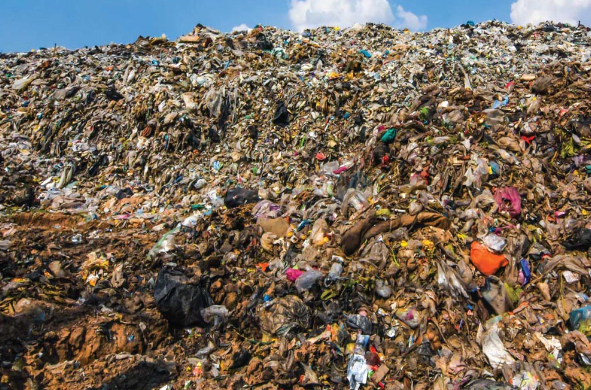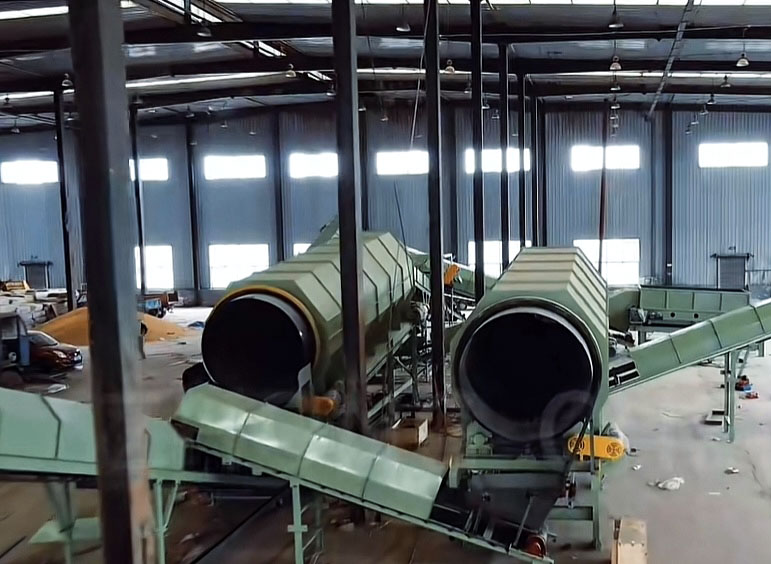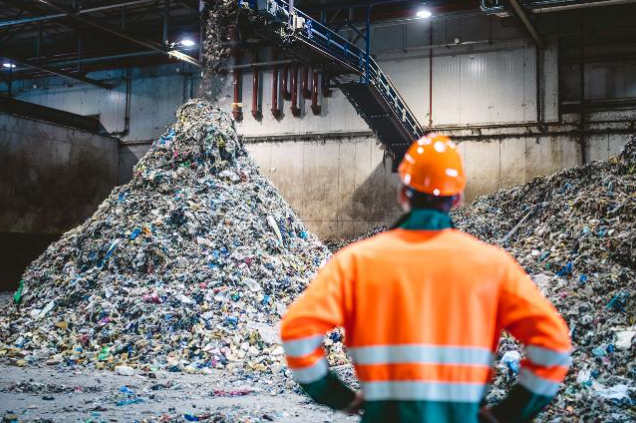Recycling Methods of Solid Waste Management
Recycling Methods in Solid Waste Management
Introduction
Solid waste management is a critical challenge faced by urban and rural areas alike. With the growing population and industrialization, the generation of solid waste has increased exponentially. Effective waste management strategies are essential to mitigate environmental pollution, conserve natural resources, and promote sustainable development. Recycling is a key component of solid waste management, playing a significant role in reducing the volume of waste sent to landfills and incinerators. This article explores various recycling methods, their benefits, and their applications in solid waste management.

Types of Recycling Methods
Mechanical Recycling
Mechanical recycling involves the physical processing of waste materials to recover and reprocess them into new products. This method is commonly used for materials such as plastics, metals, and glass. The process includes collection, sorting, cleaning, shredding, and melting the waste materials. The resulting raw materials can be used to manufacture new products, reducing the need for virgin materials.
- Plastics: Mechanical recycling of plastics involves sorting different types of plastics, cleaning them to remove contaminants, shredding them into small flakes, and then melting and reprocessing them into new plastic products.
- Metals: Metals are sorted based on their type (ferrous or non-ferrous), cleaned, shredded, and melted in furnaces to produce new metal products.
Glass: Glass recycling involves crushing the glass waste into small pieces called cullet, which is then melted and molded into new glass products.

Chemical Recycling
Chemical recycling, also known as feedstock recycling, involves breaking down waste materials into their basic chemical components. This method is particularly useful for complex materials that cannot be easily recycled mechanically. The chemical components can be used as raw materials for the production of new products.
- Plastics: Chemical recycling of plastics involves processes such as pyrolysis, gasification, and depolymerization to break down plastic polymers into monomers or other useful chemicals.
Textiles: Chemical recycling of textiles involves dissolving fibers to recover the original polymers, which can then be reprocessed into new fibers and fabrics.

Biological Recycling
Biological recycling involves the decomposition of organic waste materials by microorganisms. This method is commonly used for managing biodegradable waste, such as food scraps, yard trimmings, and agricultural waste.
- Composting: Composting is the process of breaking down organic waste into nutrient-rich compost, which can be used as a soil amendment in agriculture and gardening.
- Anaerobic Digestion: Anaerobic digestion involves the breakdown of organic waste in the absence of oxygen, producing biogas (a renewable energy source) and digestate (a nutrient-rich fertilizer).
Benefits of Recycling
Environmental Protection: Recycling reduces the need for raw material extraction, which can have significant environmental impacts, such as deforestation, habitat destruction, and pollution. By recycling, we can conserve natural resources and reduce greenhouse gas emissions associated with the production and disposal of waste.
Energy Conservation: Recycling often requires less energy compared to producing new products from virgin materials. For example, recycling aluminum saves up to 95% of the energy needed to produce new aluminum from bauxite ore. This energy savings translates into reduced carbon emissions and a lower environmental footprint.
Waste Reduction: Recycling helps divert waste from landfills and incinerators, reducing the burden on these waste management facilities. This not only extends the lifespan of landfills but also minimizes the environmental and health risks associated with waste disposal.
Economic Benefits: Recycling creates jobs in the collection, sorting, processing, and manufacturing industries. It also generates revenue from the sale of recycled materials and products. Additionally, recycling can reduce disposal costs for municipalities and businesses.
Resource Efficiency: Recycling promotes the efficient use of resources by recovering valuable materials that can be reintroduced into the production cycle. This circular approach to resource management supports sustainable development and reduces the reliance on finite natural resources.
![DR{OG_Y_[(HB_]JA{{UNK8K.png](/uploads/allimg/20240718/1-240GQ04200437.png)
Challenges in Recycling
Contamination: Contamination of recyclable materials with non-recyclable waste can hinder the recycling process and reduce the quality of recycled products. Effective sorting and cleaning are essential to ensure the purity of recyclable materials.
Market Fluctuations: The market for recycled materials can be volatile, with prices fluctuating based on supply and demand. This can impact the economic viability of recycling programs and the profitability of recycling businesses.
Infrastructure and Technology: Developing and maintaining the necessary infrastructure and technology for recycling can be costly. Investments in advanced sorting and processing facilities are required to handle the increasing volume and complexity of waste materials.
Public Awareness and Participation: Successful recycling programs depend on public awareness and participation. Education and outreach efforts are necessary to inform the public about the importance of recycling and how to properly sort and dispose of recyclable materials.
![D%4RZ0A27)M_G9QBZ$)]E~D.png](/uploads/allimg/20240718/1-240GQ0320D34.png)
Conclusion
Recycling is a vital component of solid waste management, offering numerous environmental, economic, and social benefits. By employing various recycling methods, such as mechanical, chemical, and biological recycling, we can effectively manage waste, conserve resources, and promote sustainability. Despite the challenges, continued investment in recycling infrastructure, technology, and public education will enhance the efficiency and effectiveness of recycling programs. As we strive for a more sustainable future, recycling will play an increasingly important role in mitigating the environmental impacts of waste and fostering a circular economy.
-
 Trommel screenTrommel screen, also known as drum screens, are widely used in various industries for sorting and separating materials.Get Quote
Trommel screenTrommel screen, also known as drum screens, are widely used in various industries for sorting and separating materials.Get Quote -
 Crop straw double shaft shreddApplications:Biomass Energy Production: Shredded straw can be used as a feedstock for bioenergy plants to produce electricity or heat.Livestock Feed: Reduced-si...Get Quote
Crop straw double shaft shreddApplications:Biomass Energy Production: Shredded straw can be used as a feedstock for bioenergy plants to produce electricity or heat.Livestock Feed: Reduced-si...Get Quote -
 Zhongcheng Air Drum SeparatorAir drum separators effectively separate lightweight materials (e.g., plastics, paper) from heavier materials (e.g., metals, glass). This high efficiency is cru...Get Quote
Zhongcheng Air Drum SeparatorAir drum separators effectively separate lightweight materials (e.g., plastics, paper) from heavier materials (e.g., metals, glass). This high efficiency is cru...Get Quote
-
2023-01-12Waste FeederWaste feeder was specially designed to optimize municipal solid waste sorting systems. The Drum Feeder ensures that your sorting system, baler or shredder has a...
-
2024-06-07Zhongcheng Air Drum Separator in MSWAir drum separators effectively separate lightweight materials (e.g., plastics, paper) from heavier materials (e.g., metals, glass). This high efficiency is cru...
-
2025-04-21Compact Copper Cable Granulator MachineThe compact copper cable granulator machine is a device used to recycle waste wires and cables. It separates the copper wire from the plastic sheath by crushing...
-
2023-01-18Metal BalerMetal baler, specifically a hydraulic metal baler, is a machine designed to compress scrap metal into dense, manageable bales. This equipment is widely used in ...
-
2024-05-28Garbage screening drum screenTrommel screen is consisting of five parts: drum, frame, hopper, reducer and motor.After the material goes into the drum, it is screened along with the rotation...



